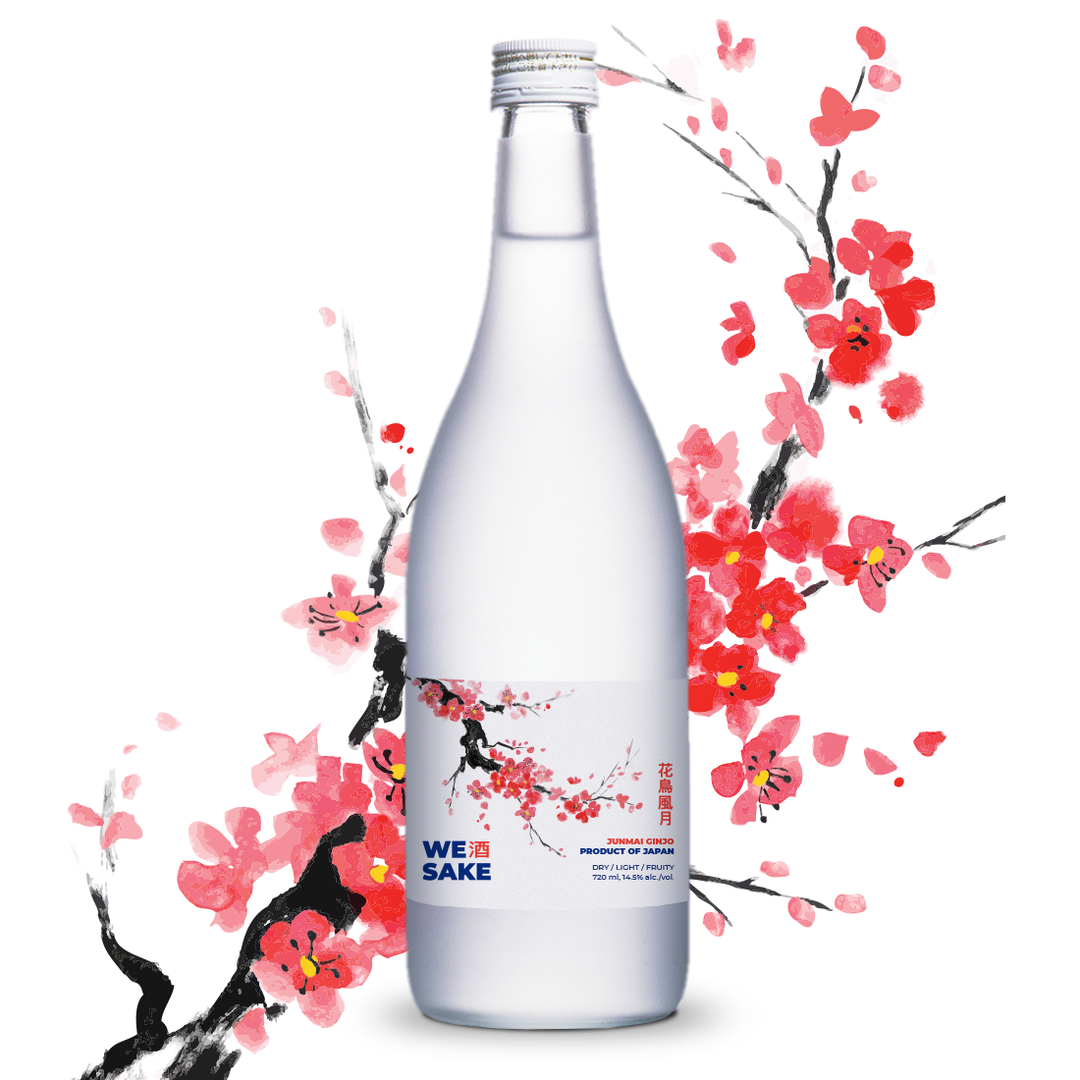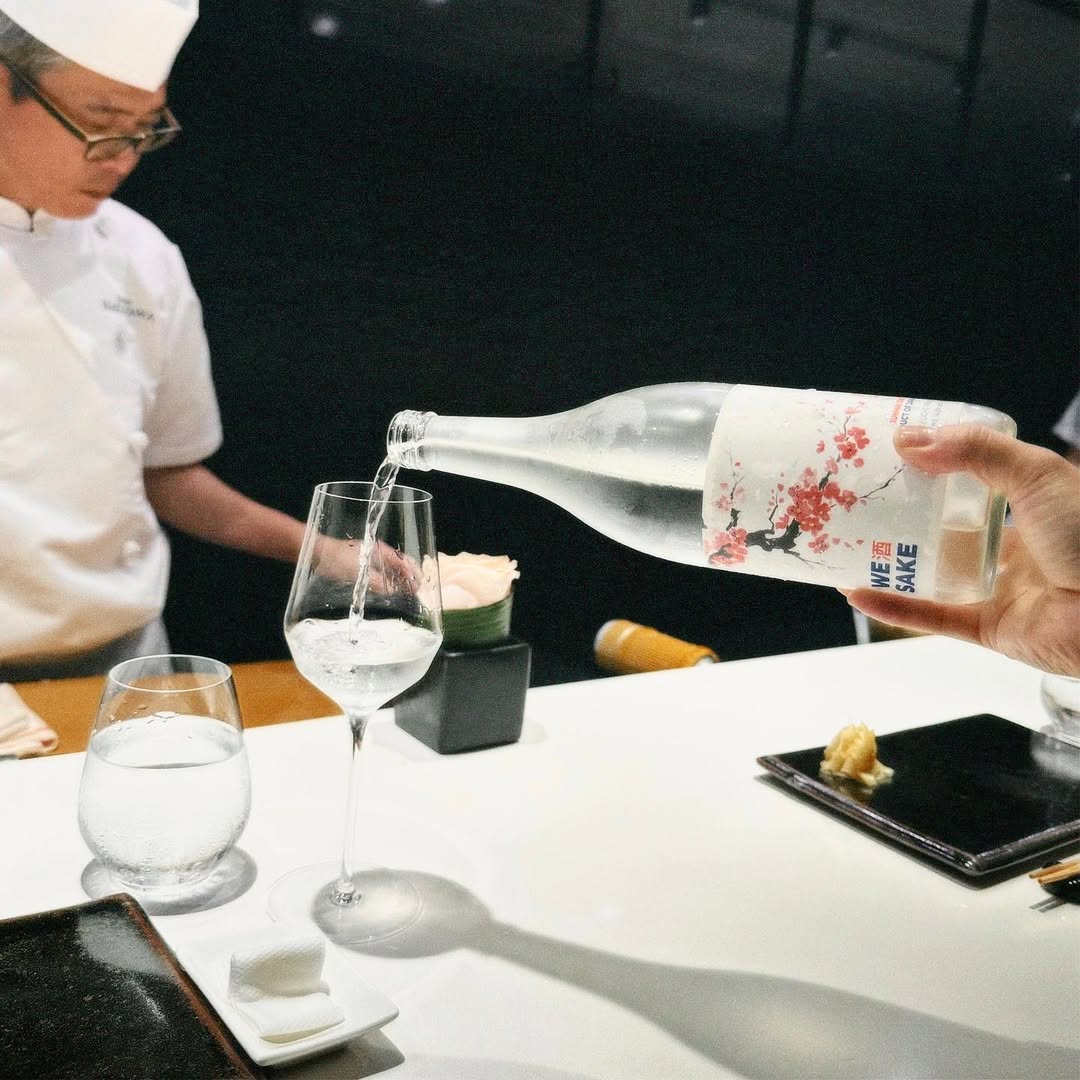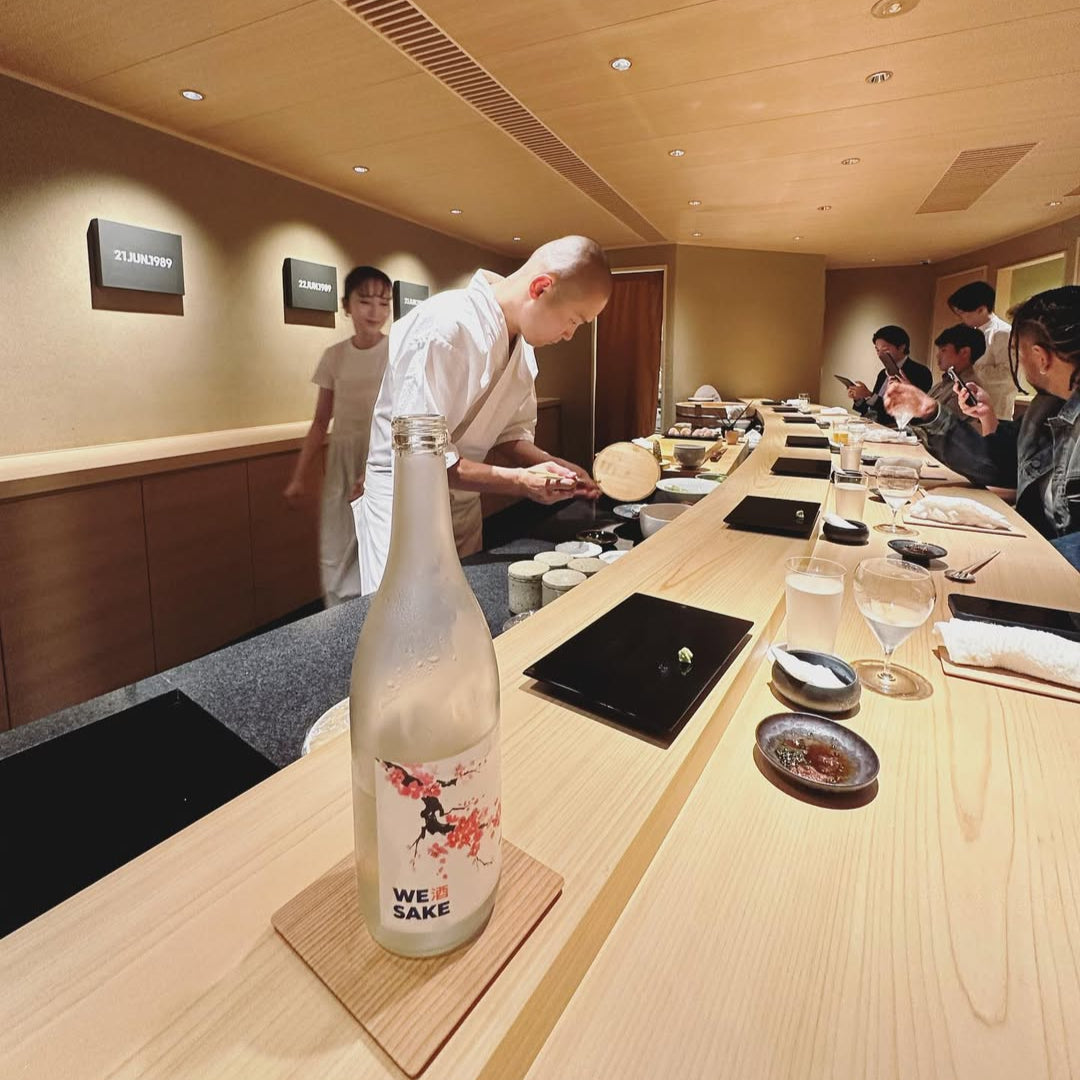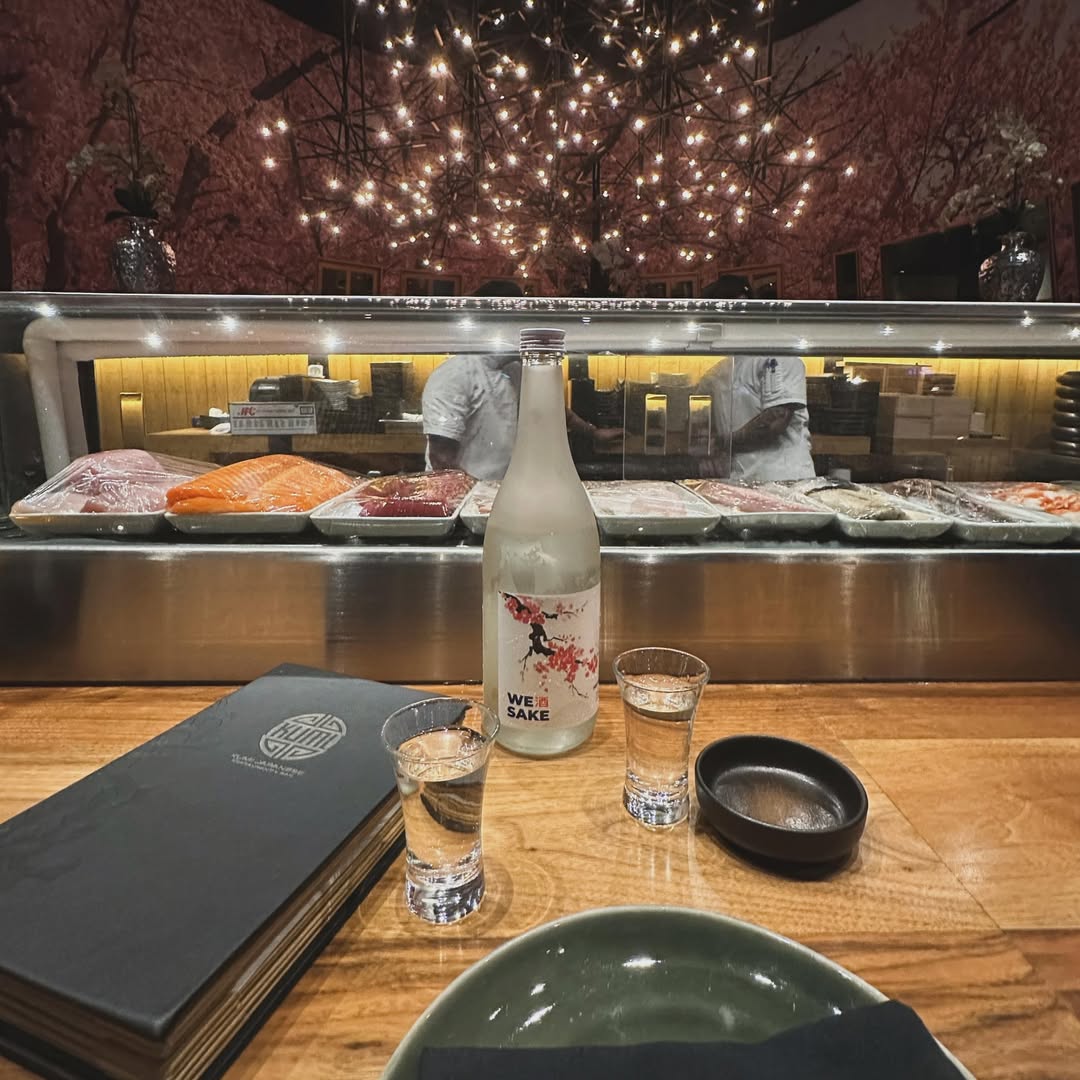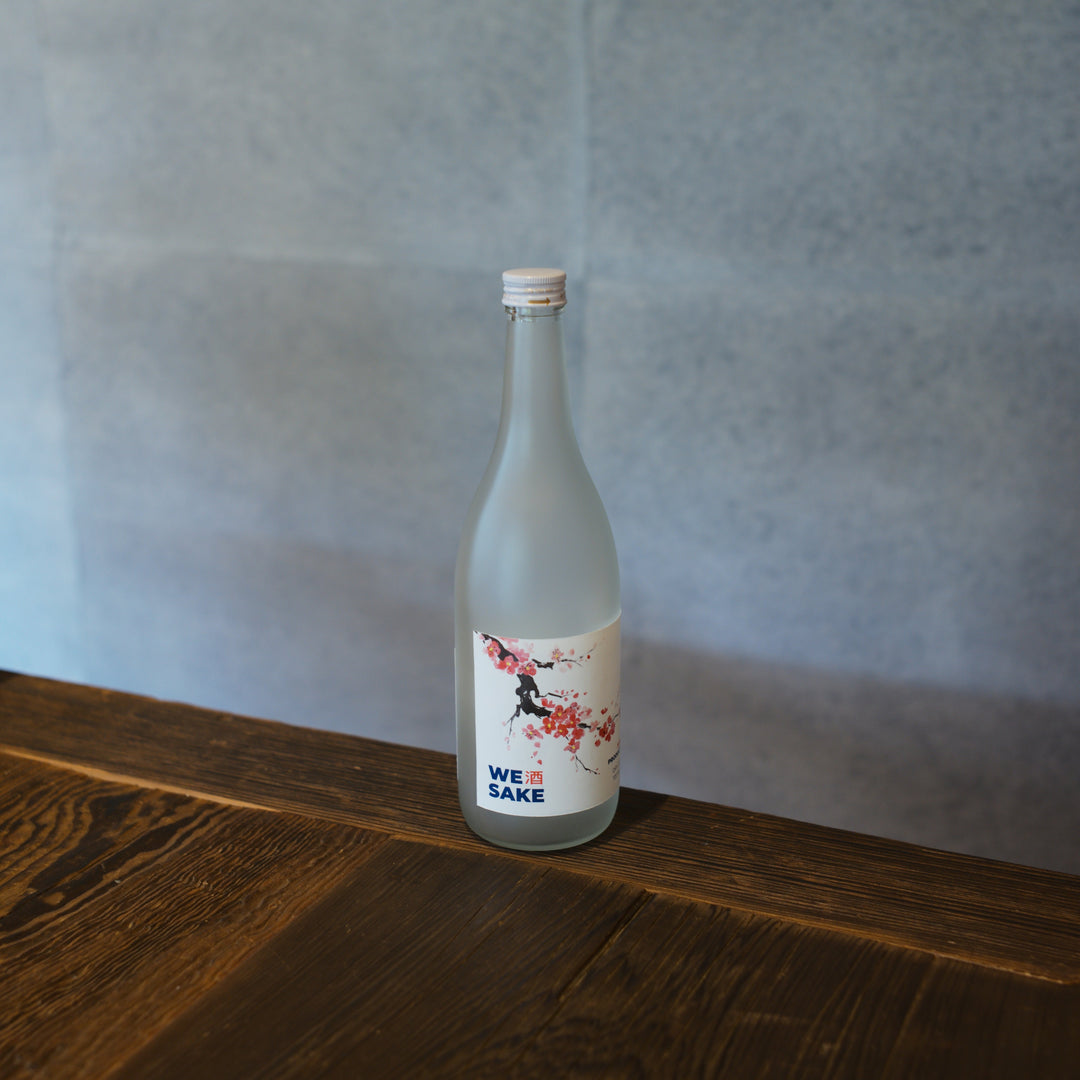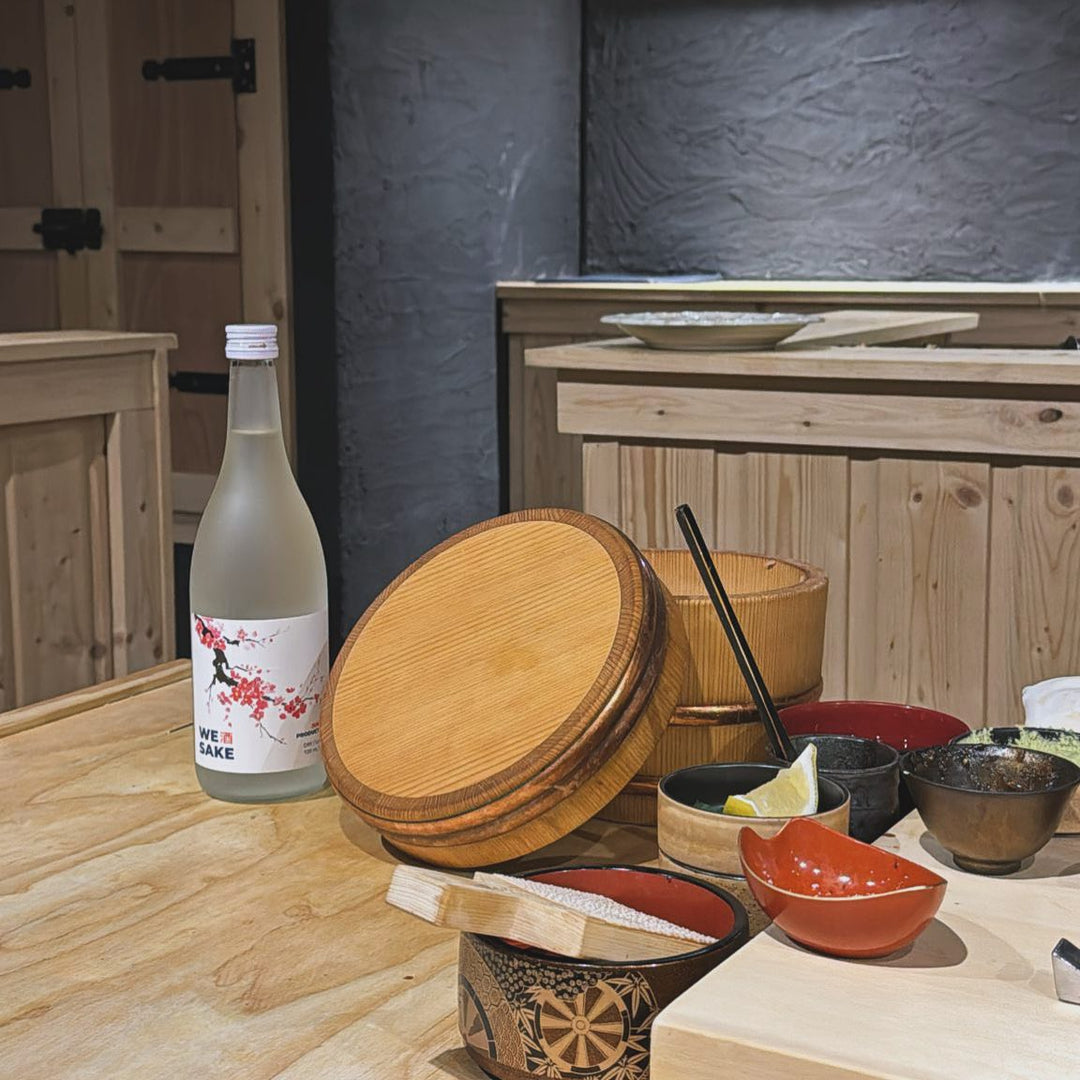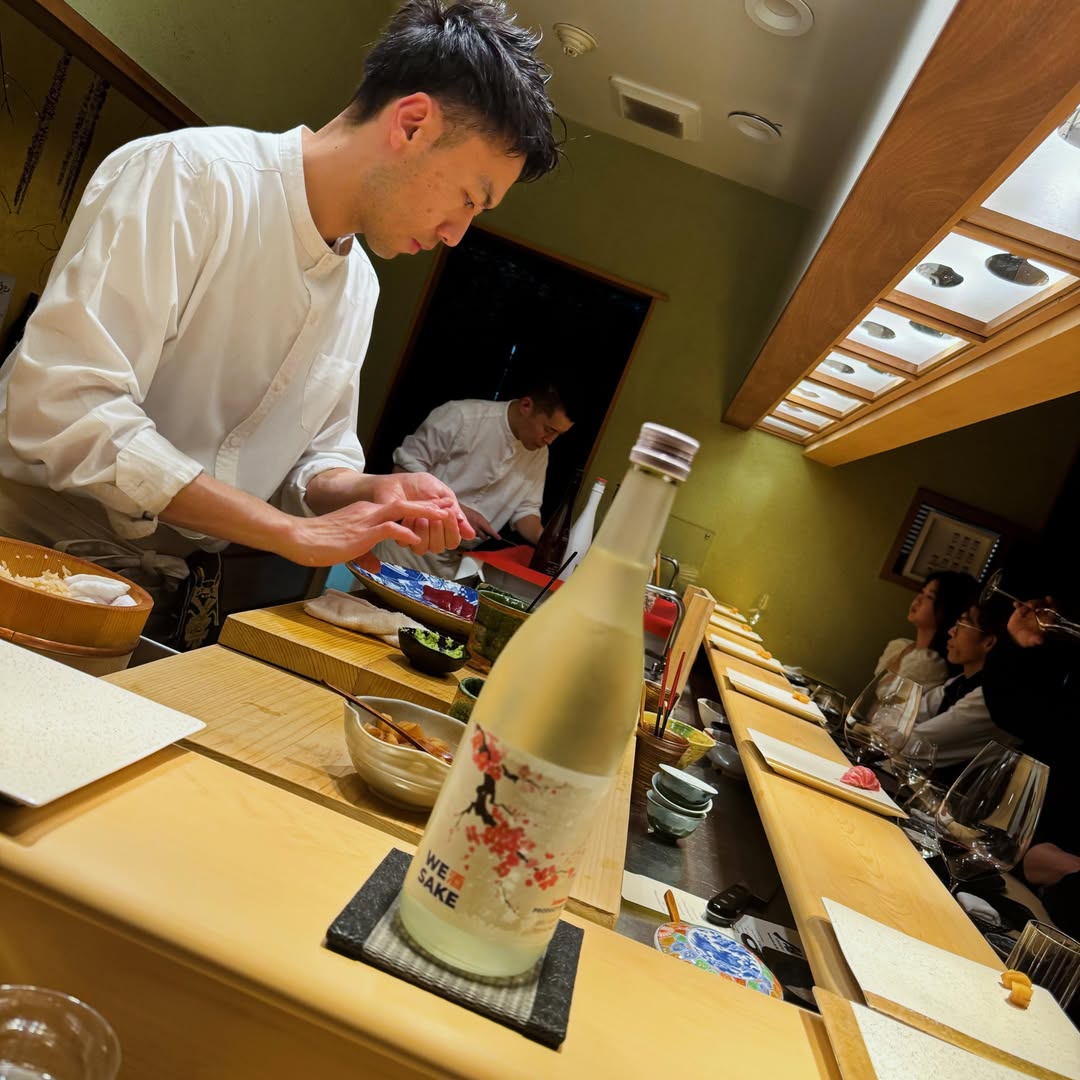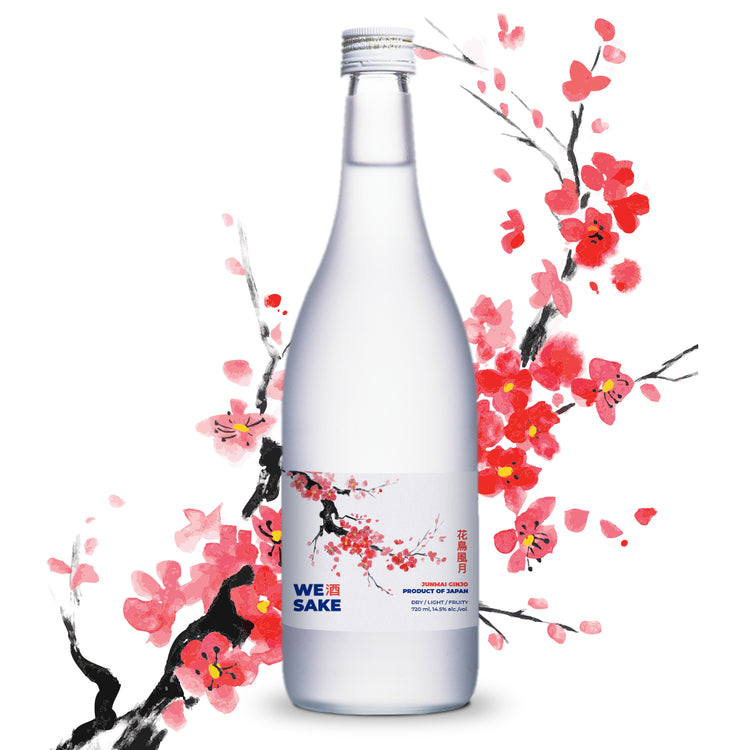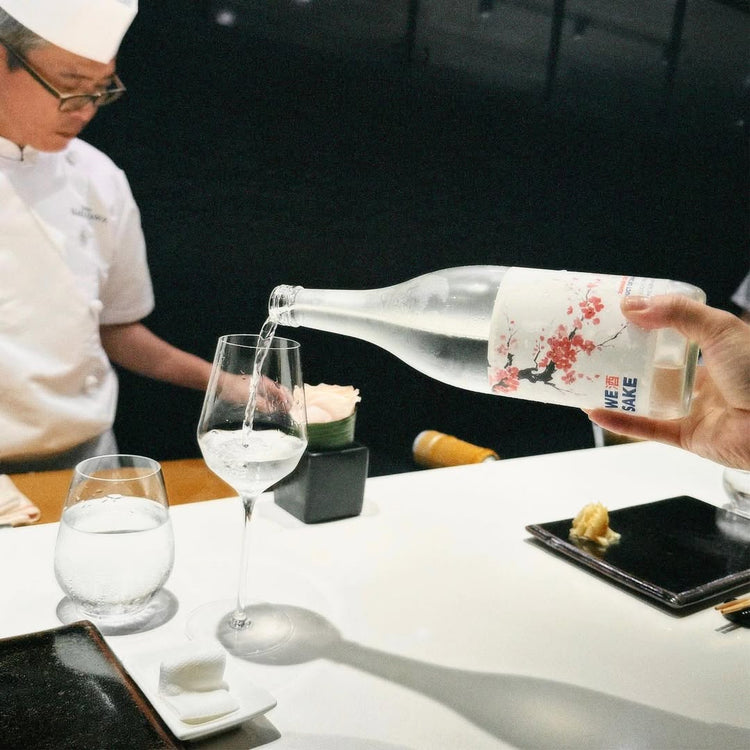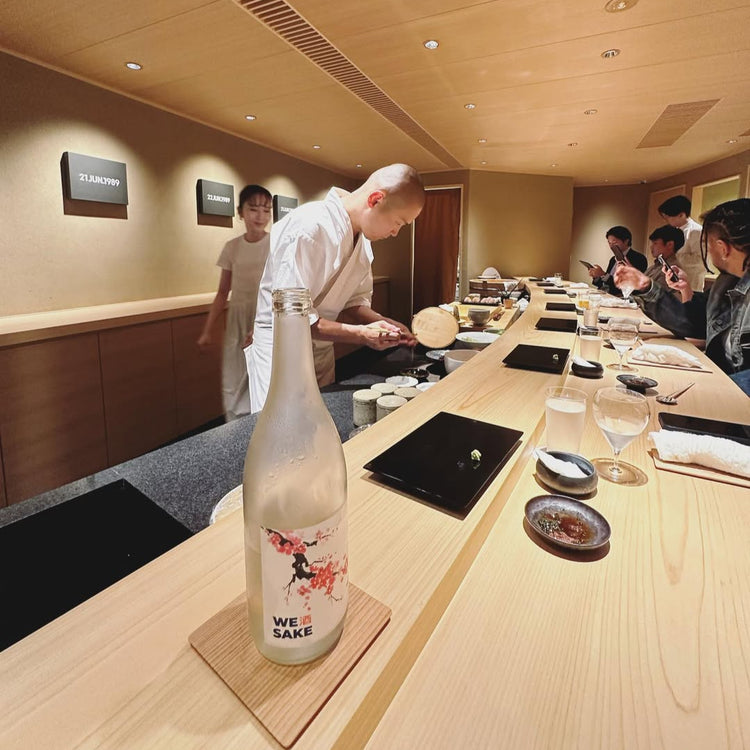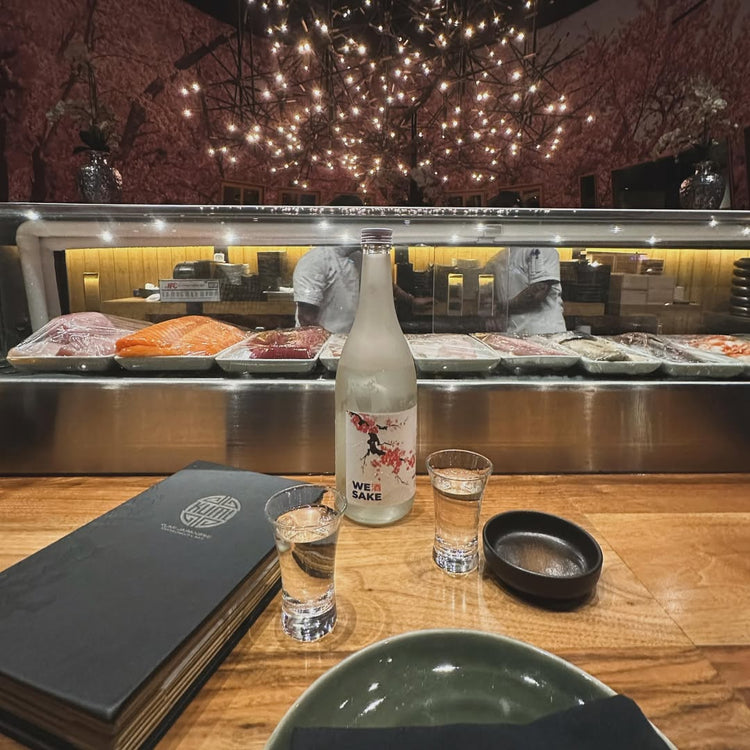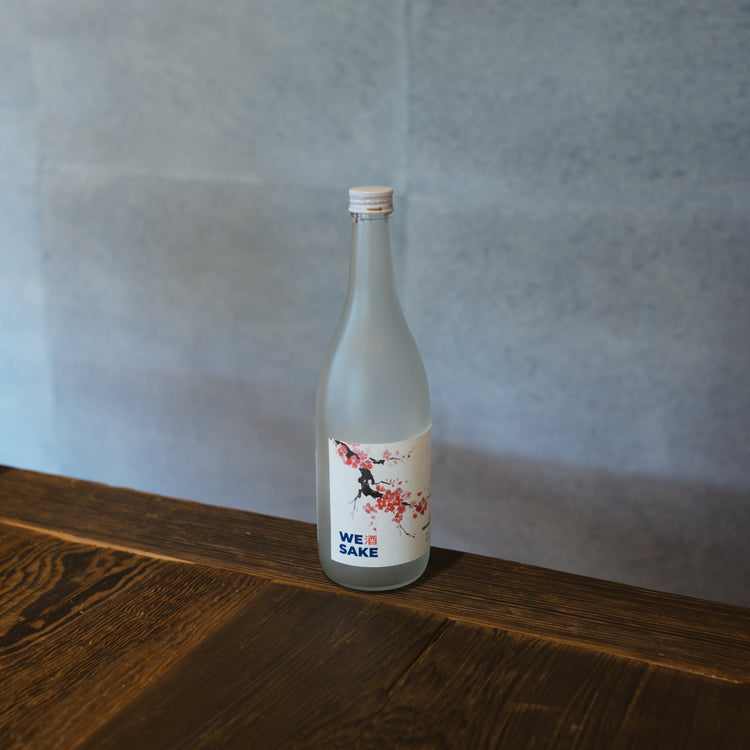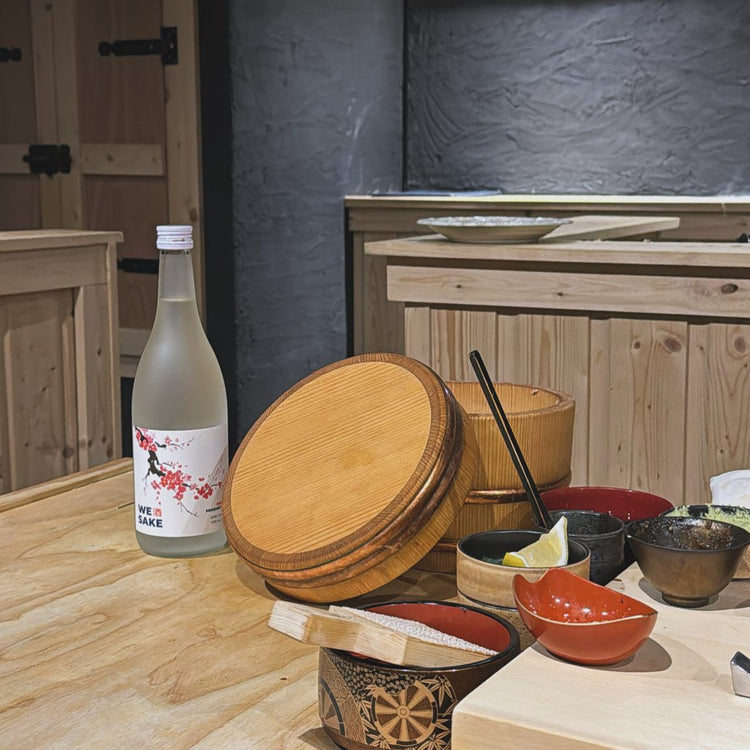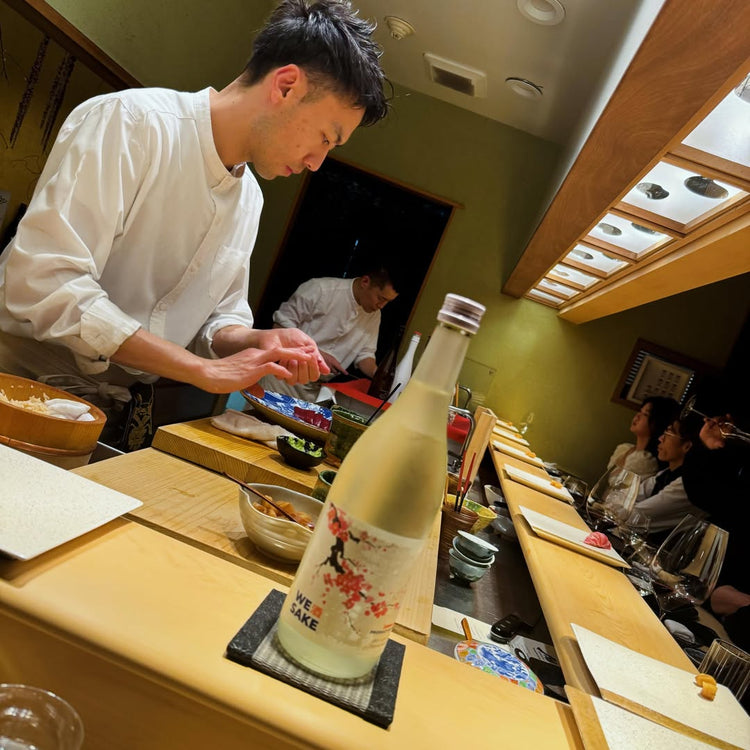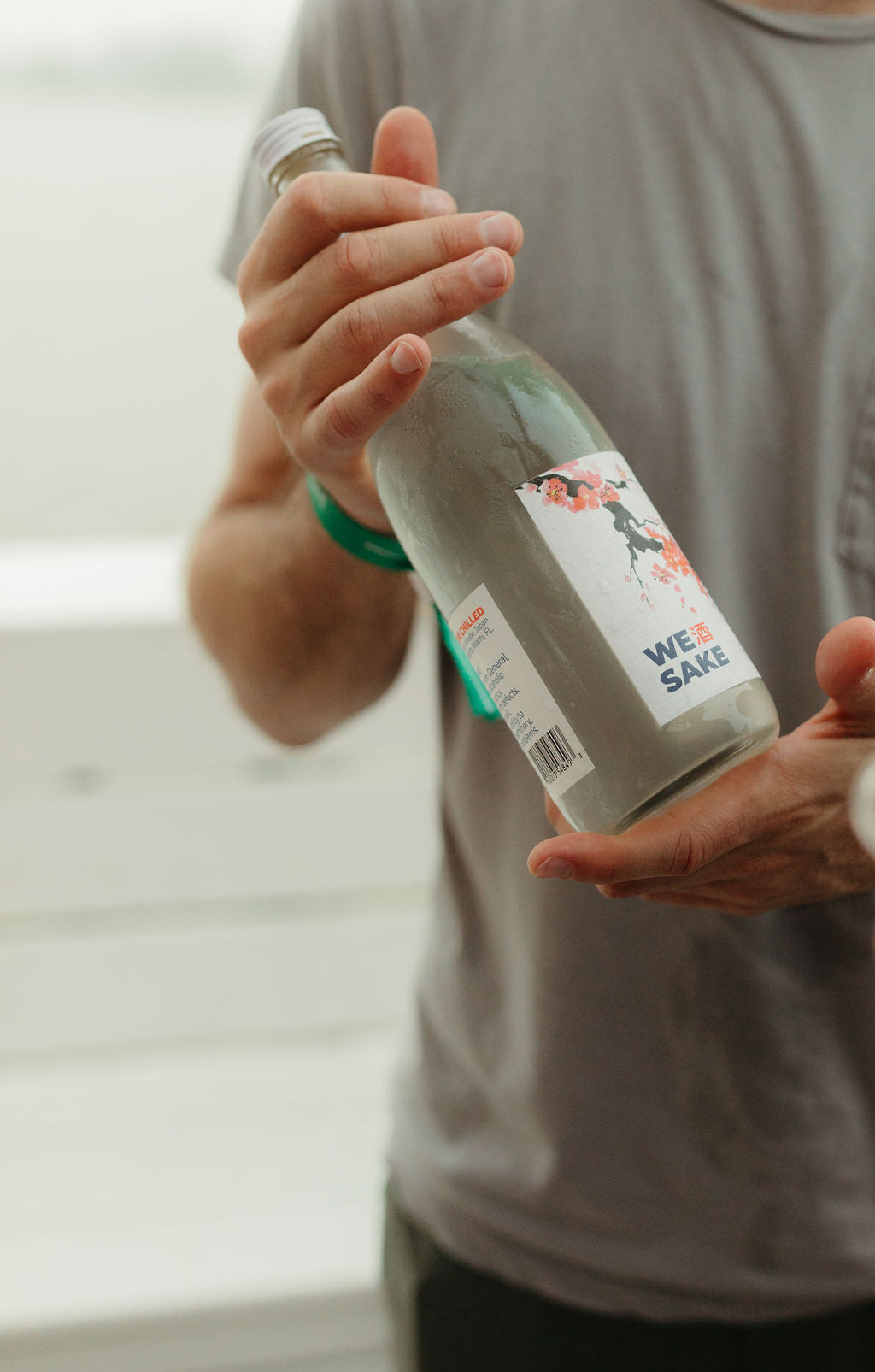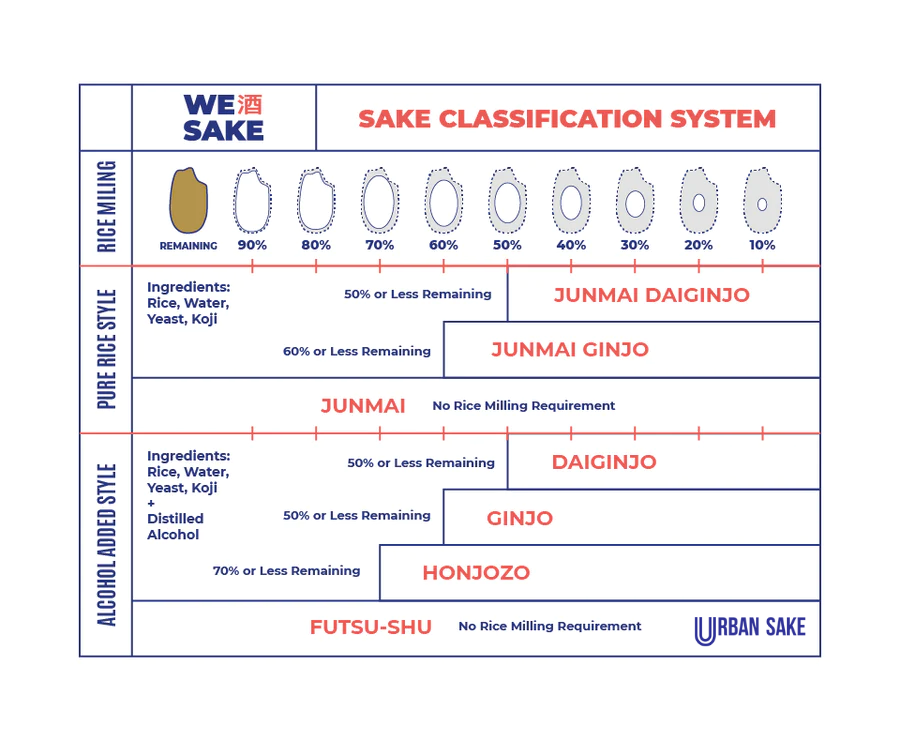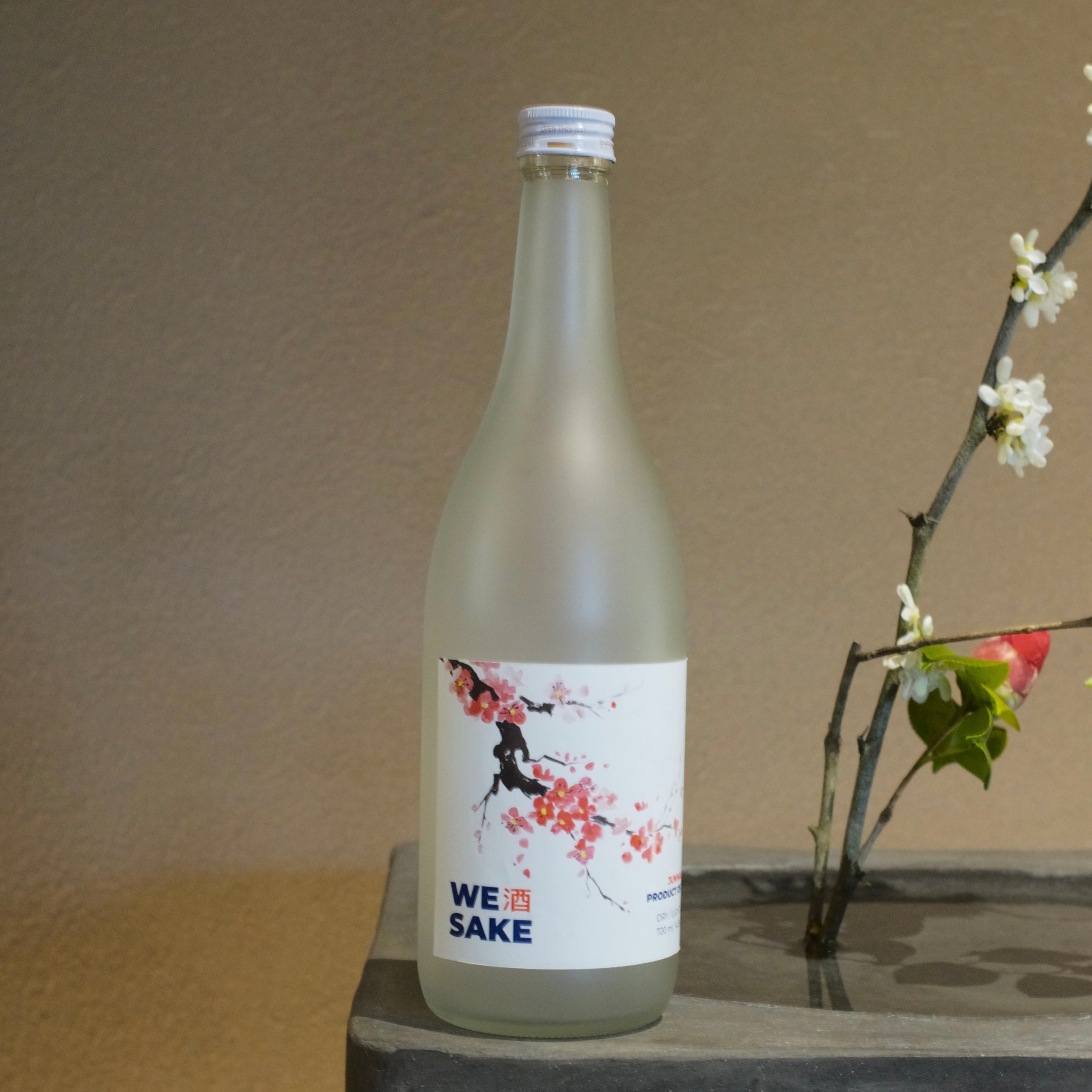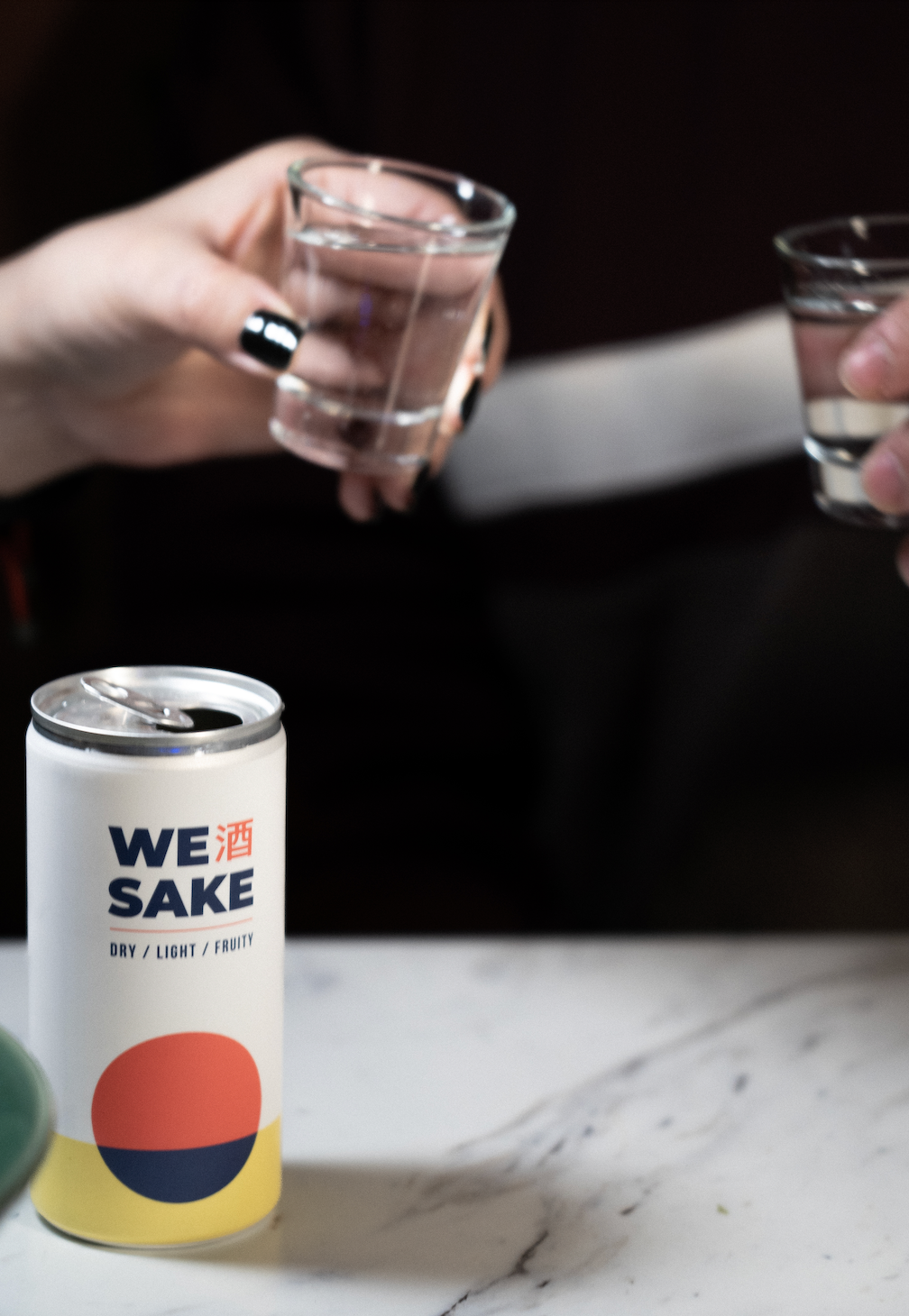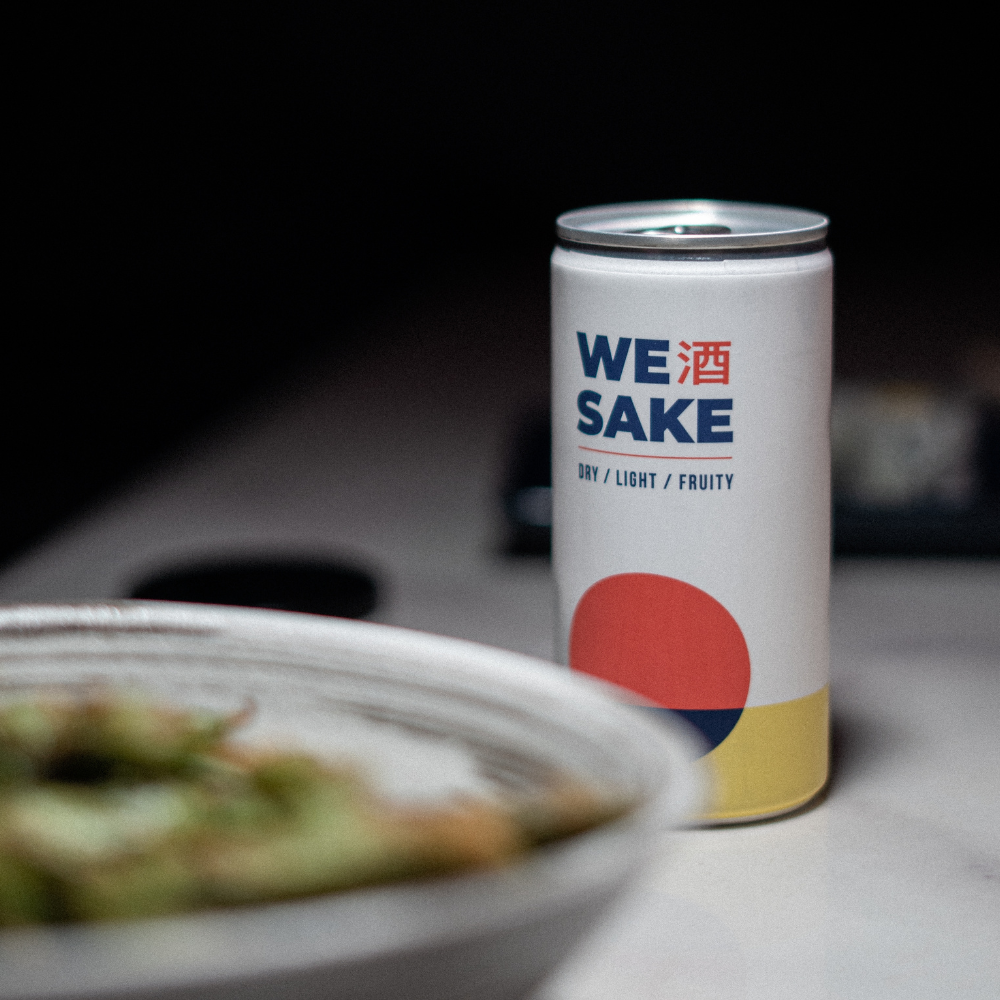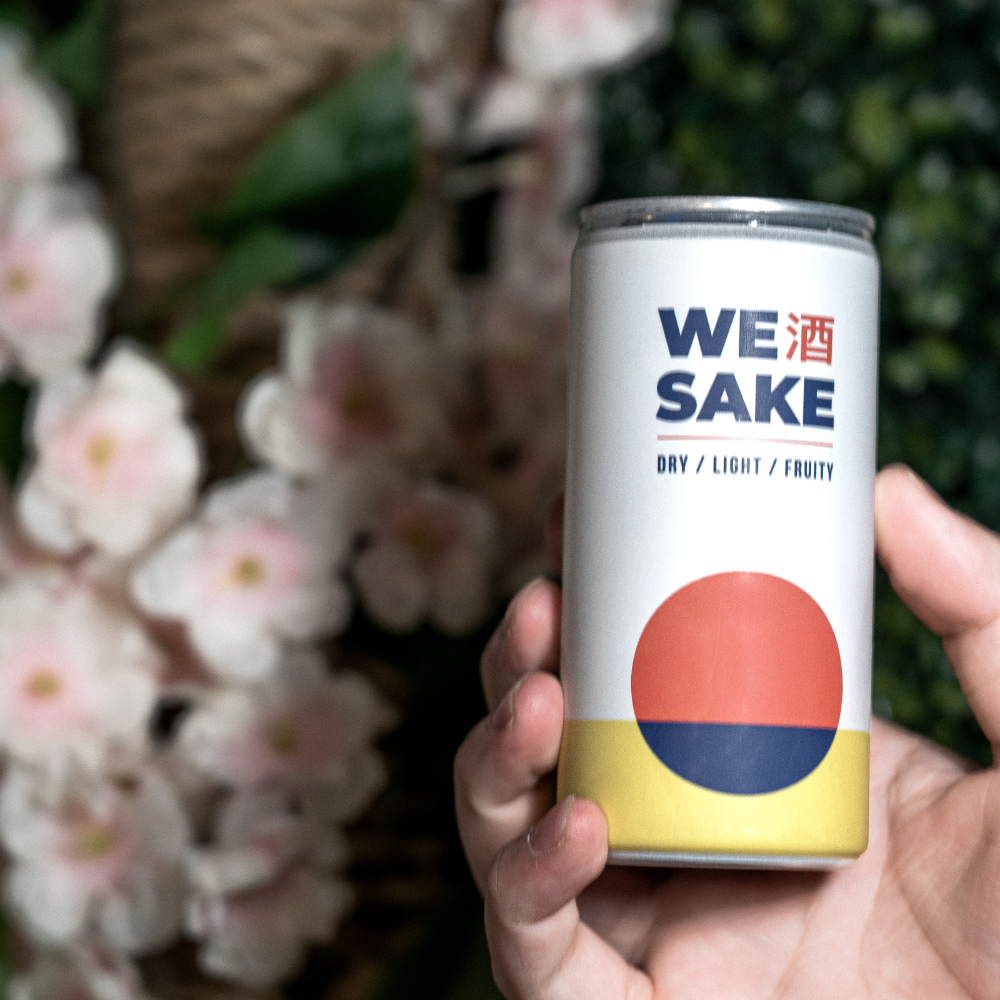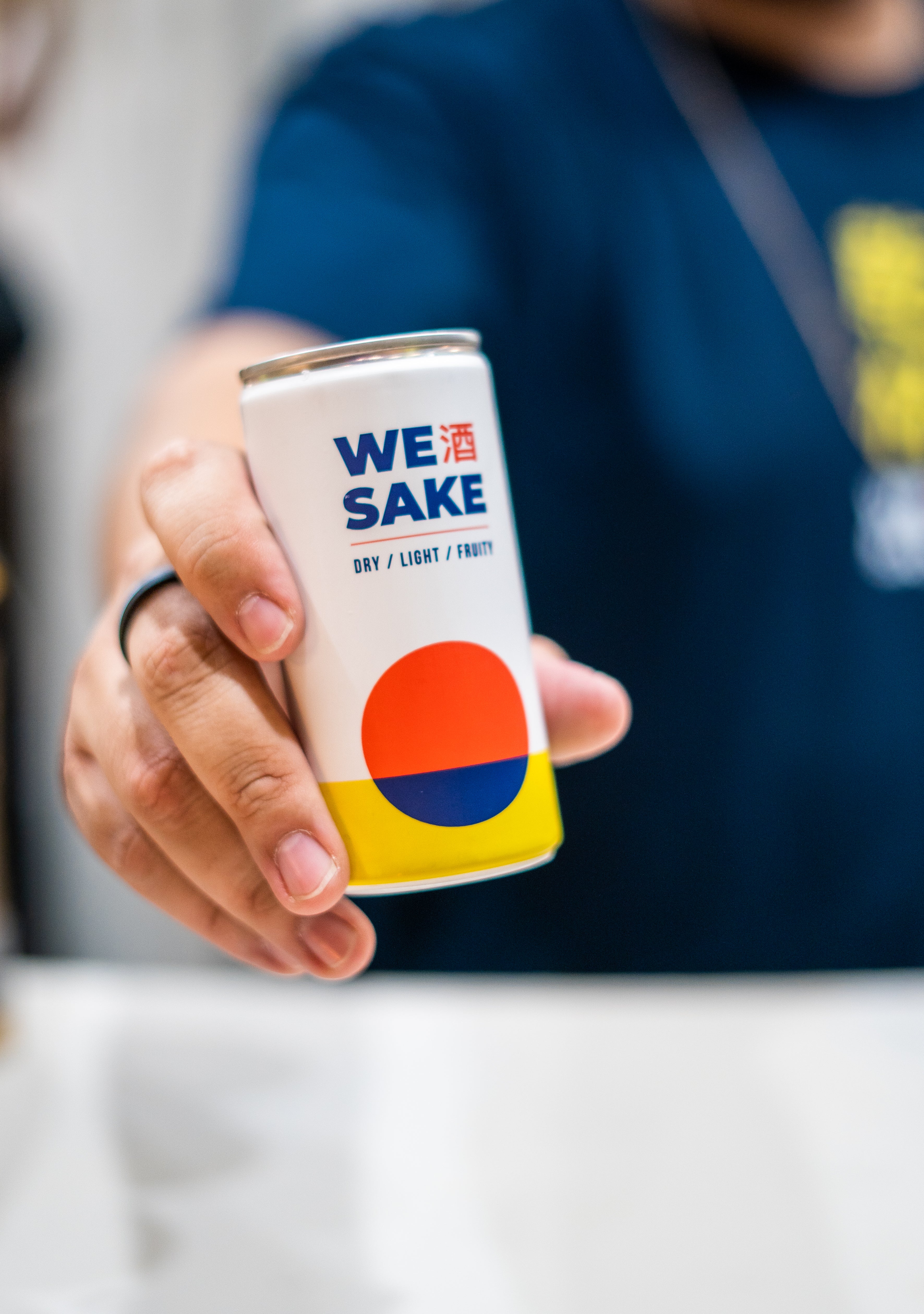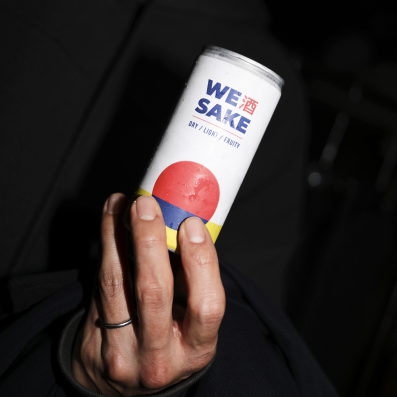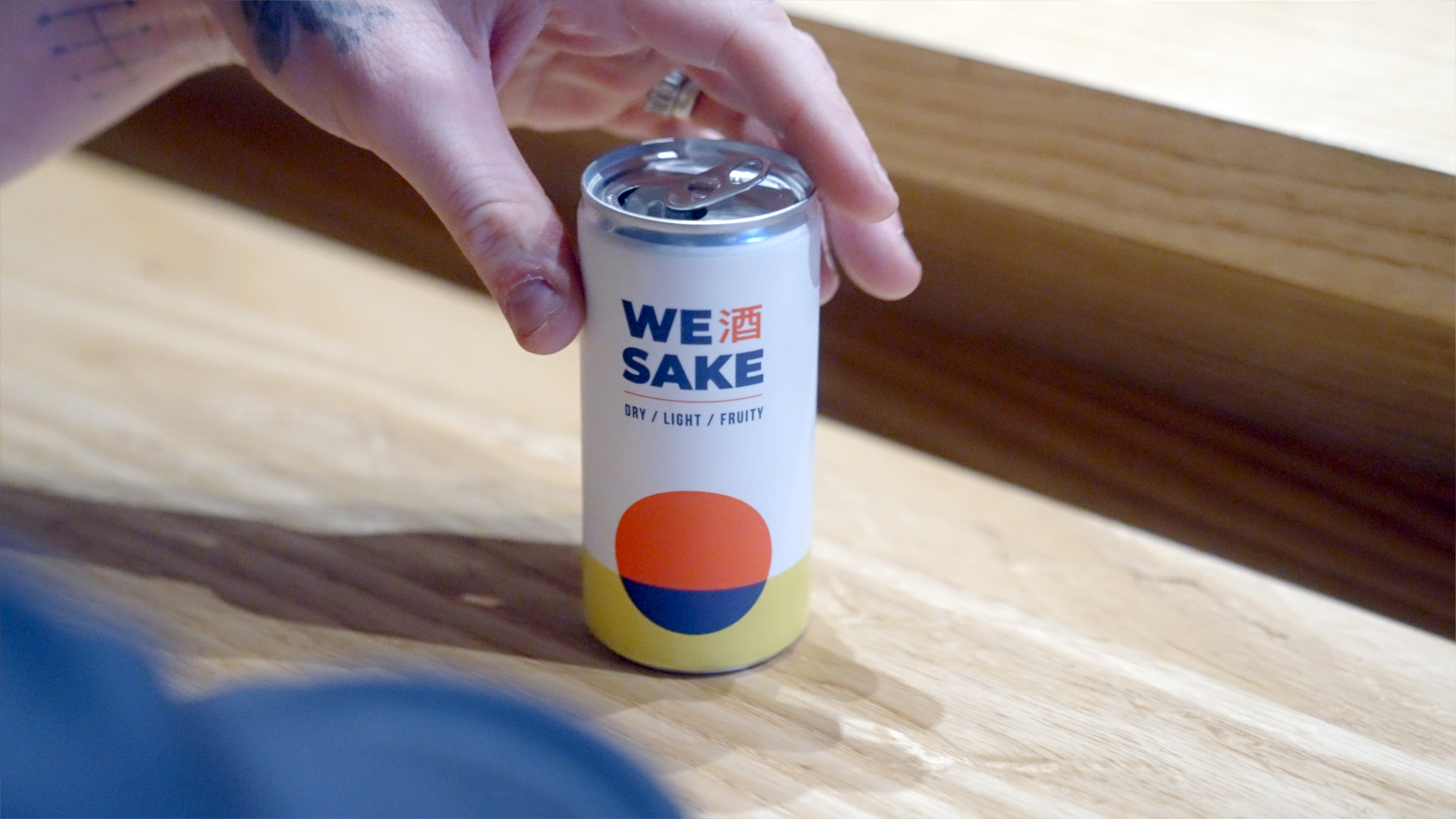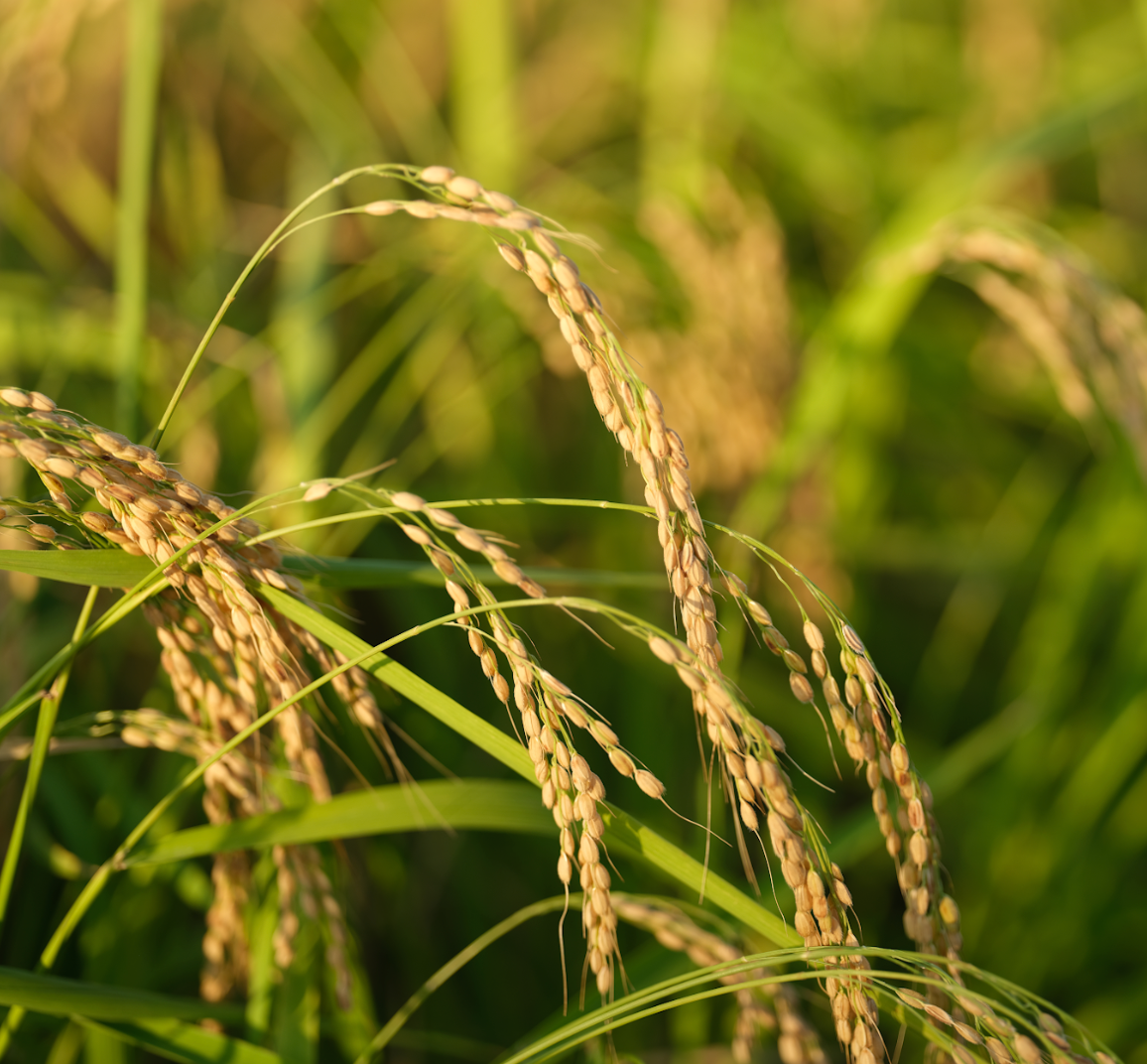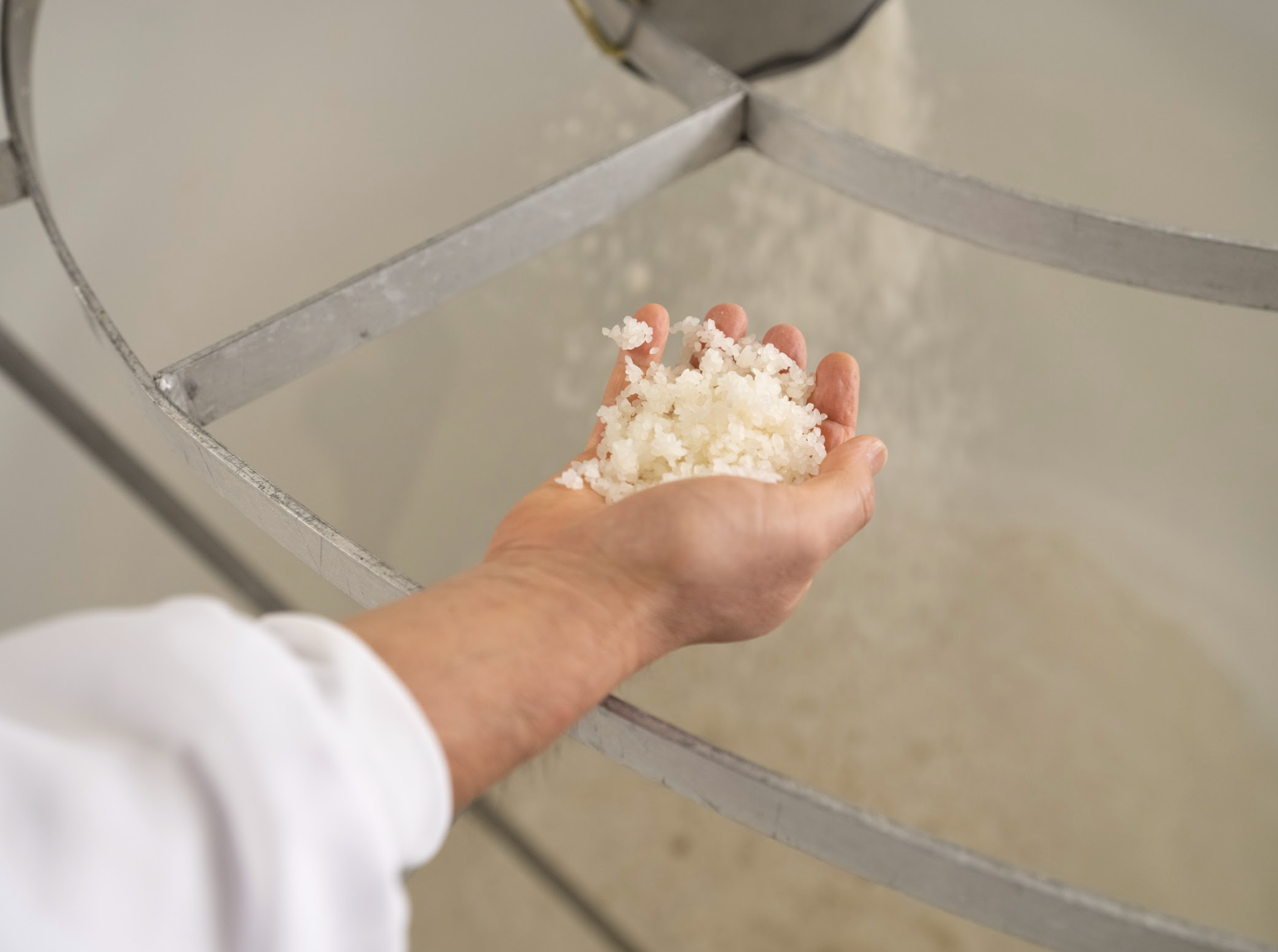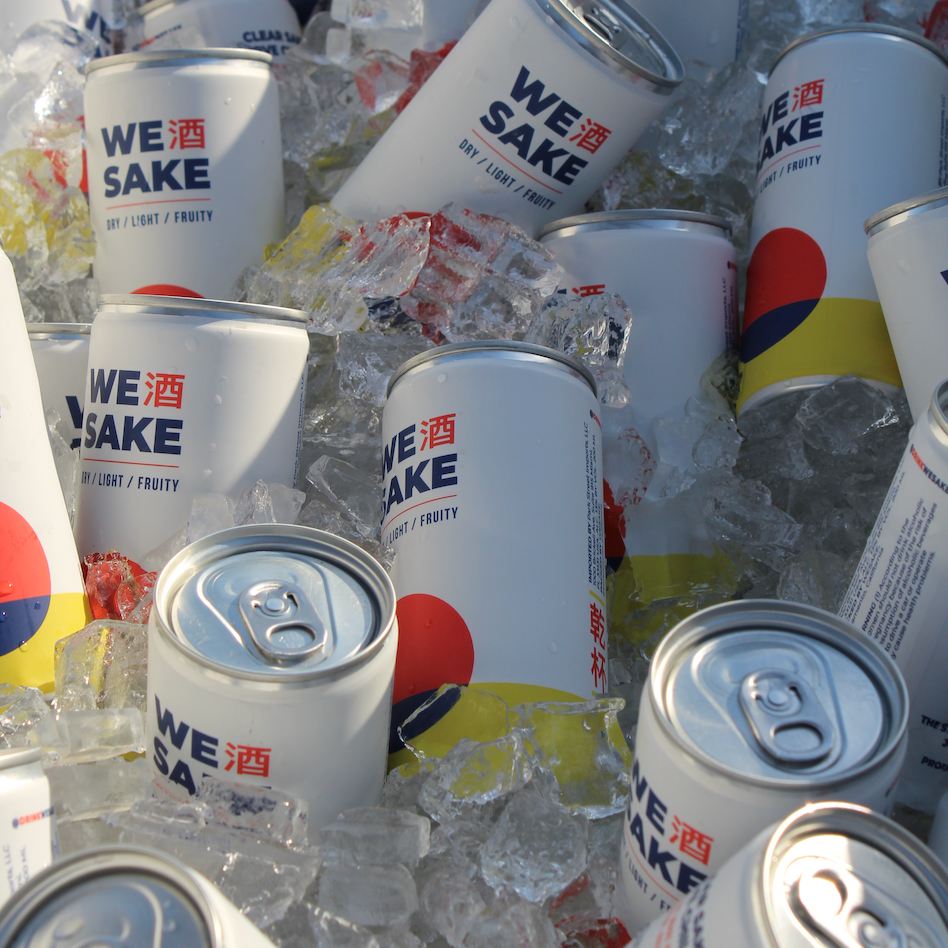What is Polishing Ratio?
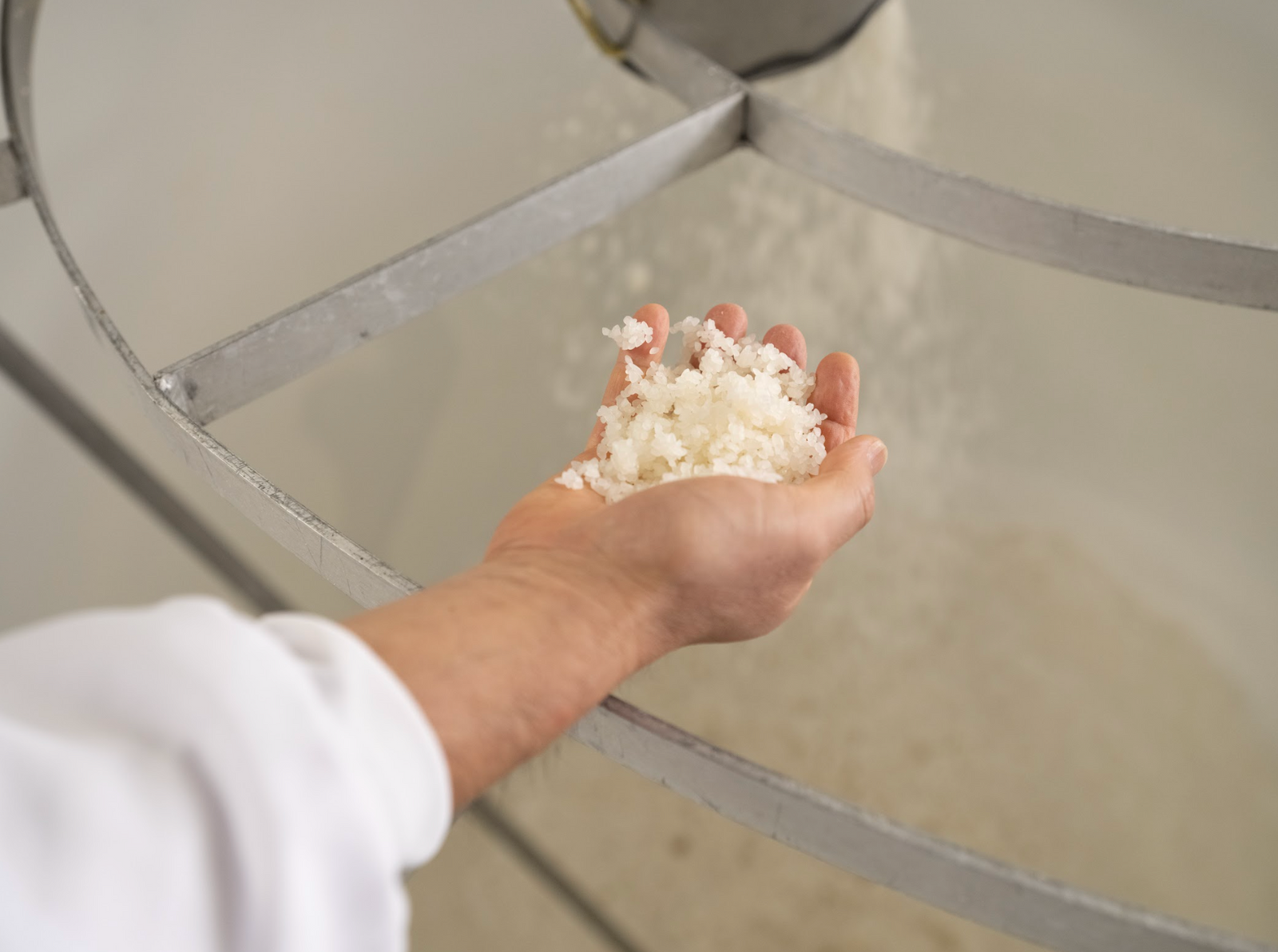
One of the first steps in sake making is the polishing of rice. This means that the rice kernel has to be “polished” — or milled — to remove the outer layer of each and every single grain, so its starchy core is exposed. A useful example is imagining that to go from brown rice to white rice, you need to polish each grain to about 90 percent (i.e., polishing off 10 percent).
Now, in order produce good sake, you need to polish off much more than that! We’ll get into a little more detail below...but for now, keep in mind that good sake is usually polished to about 50 to 70 percent (i.e., polishing off anywhere from 30 to 50 percent). So if you read that a sake has been polished to 60 percent, it means 40 percent of the original rice kernel has been polished away, leaving it at just 60 percent of its original size.
So what is the point in losing a huge percent of each grain? That the more rice has been polished, the higher its classification level. Just keep in mind... more polished rice doesn’t necessarily mean better rice: sake experts also love the cheaper local stuff, as long as it’s made by good brewers from quality ingredients. Ultimately, you should trust your own palate and preferences.






